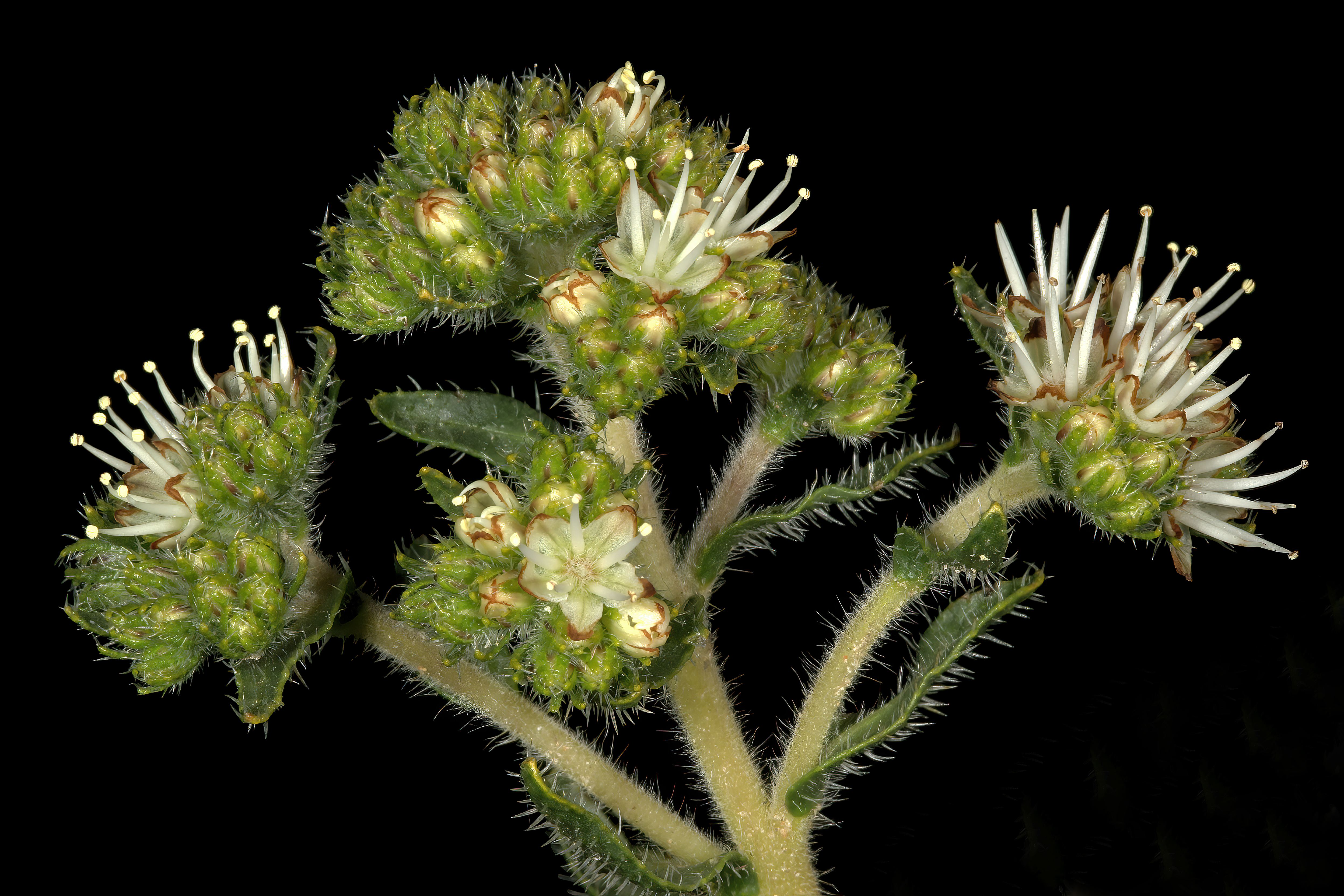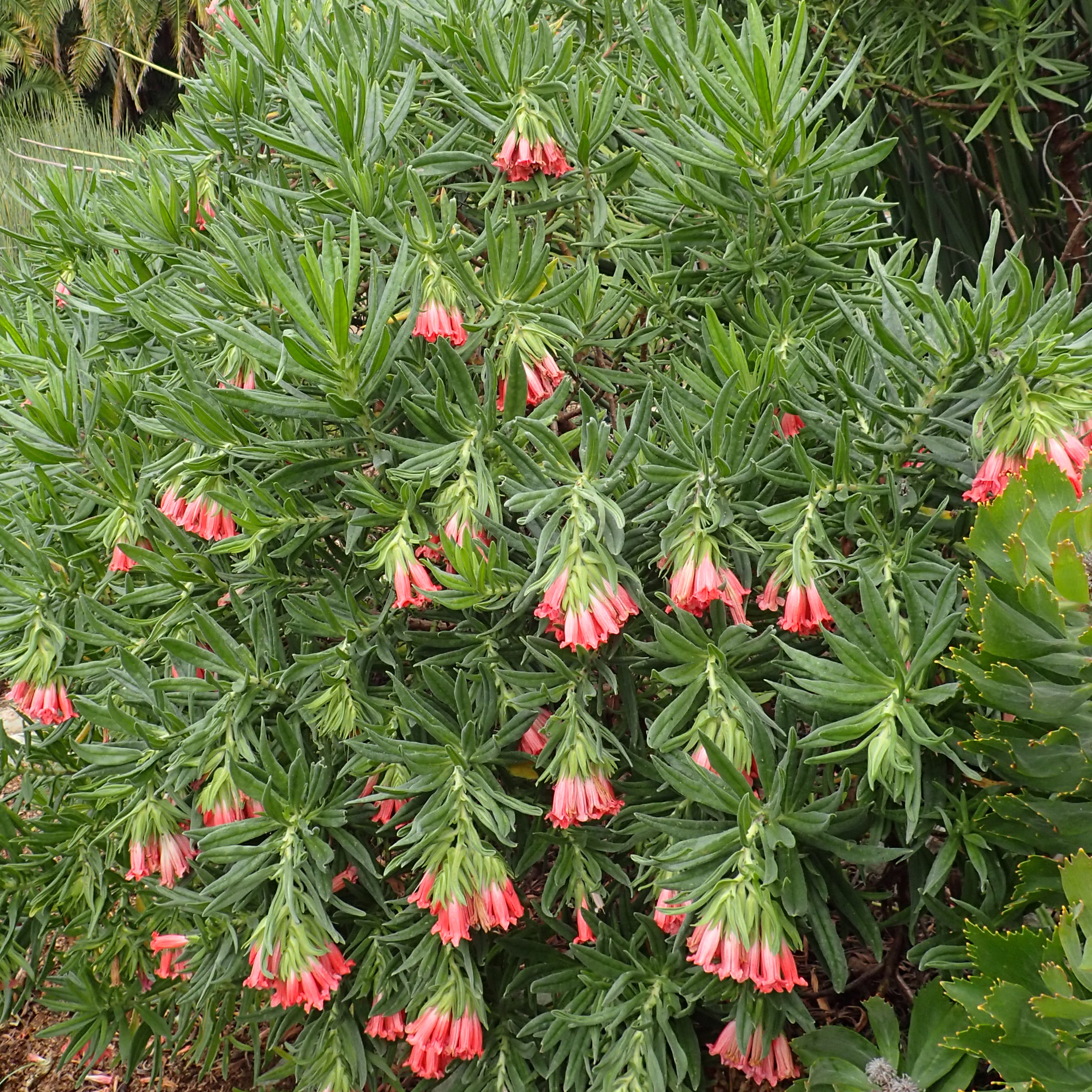|
Lobostemon
''Lobostemon'' is a genus of flowering plants belonging to the family Boraginaceae. It is endemic to the Cape Provinces of South Africa. The majority of species are limited to the winter rainfall area of the country, from Springbok, Northern Cape, Springbok to Mossel Bay. In Afrikaans these species are known as ''agtdaegeneesbos'', or loosely translated, bush that will heal in eight days. As this name suggests, many species have medicinal properties. This is best known from ''Lobostemon fruticosus'', which is used for treating wounds, blood poisoning, Dermatophytosis, ringworm, skin diseases and syphilis. Taxonomy This genus belongs to the forget-me-not family, Boraginaceae. It is closely related to the European genus ''Echium'' but differs by the presence of staminal scales in ''Lobostemon.'' The genus name is derived from Latin ''lobos,'' meaning lobe, and the Greek word ''stemon,'' meaning stamen. Description This genus is made up of Perennial plant, perennial Shrub, shru ... [...More Info...] [...Related Items...] OR: [Wikipedia] [Google] [Baidu] |
Lobostemon Echioides
''Lobostemon echioides'' is a species of flowering plant in the family ''Boraginaceae''. Commonly referred to as the common healthbush, it is the mostly widely distributed species in its genus. It is endemic to the Cape Provinces of South Africa, where it is found growing between Namaqualand and the Karoo and the Eastern Cape The Eastern Cape ( ; ) is one of the nine provinces of South Africa. Its capital is Bhisho, and its largest city is Gqeberha (Port Elizabeth). Due to its climate and nineteenth-century towns, it is a common location for tourists. It is also kno .... Description This resprouting shrub or undershrub grows about tall. The stalkless leaves are narrow and hairy and are often soft and silvery. Flowers are mainly present from August to October but have been found year round. Plants flowering from February to May seem to be confined to the southern parts of the distribution, where small amounts of rain are available throughout the year. The flowers are small ... [...More Info...] [...Related Items...] OR: [Wikipedia] [Google] [Baidu] |
Lobostemon Capitatus
''Lobostemon capitatus'' is a species belonging to the forget-me-not family. It is endemic to the Western Cape of South Africa, where it is found between Porterville and Bredasdorp. Description ''Lobostemon capitatus'' is a shrub that grows tall, sometimes reaching a height of up to .BODATSA: Botanical Collections. v1.4. South African National Biodiversity Institute. Dataset/Occurrence. http://ipt.sanbi.org.za/iptsanbi/resource?r=brahms_online&v=1.4 The branches are more or less equally spaced and the herbaceous branches are hairy. The leaves are slender, tapering to a point. The undersides of the leaves are covered in hairs. The upper face is hairless or has only a few sparse hairs. The flowers are cream with purple markings. They are small, reaching a length of about .They grow as a capitate cyme, meaning that large number of sessile flowers grow from a suppressed rachis. The flower buds arranged in two distinct parallel rows and don't spreading much in fruiting stage. The ... [...More Info...] [...Related Items...] OR: [Wikipedia] [Google] [Baidu] |
Lobostemon Argenteus
''Lobostemon argenteus'', or the silver healthbush, blue rocket bugloss or disselblaarluibos, is a species in the forget-me-not family that is endemic to South Africa. Description This shrublet grows up to in height, although more typically it will be tall.Manning, John; Goldblatt, Peter (2012). Plants of the Greater Cape Floristic Region : 1: the core Cape flora': South African National Biodiversity Institute, SANBI. . . The stalkless leaves are lance shaped and possess long and short hairs. The bright blue, funnel shaped flowers grow in a spike-like inflorescence, with a single flower growing from each bract. This feature can be used to differentiate this from the similar '' Lobostemon stachydeus'', which has two flowers per bract. The five petals of each flower are hairless on the outside. The five stamens are shortly fused with the petals. The staminal scales occur well below the entrance of the corolla tube, and are reduced to ridges. They lack lateral lobes. Flowers ar ... [...More Info...] [...Related Items...] OR: [Wikipedia] [Google] [Baidu] |
Lobostemon Curvifolius
''Lobostemon curvifolius'', the largeflower healthbush, is a species of the forget-me-not family from South Africa. Description ''Lobostemon curvifolius'' is a resprouting shrub which grows up to in height.BODATSA: Botanical Collections. v1.4. South African National Biodiversity Institute. Dataset/Occurrence. http://ipt.sanbi.org.za/iptsanbi/resource?r=brahms_online&v=1.4 It is frequently confused with Lobostemon fruticosus. The leaves are covered in silvery hairs that lie against the surface on both the upper and lower faces. The midvein is prominent on the underside. The pointed leaf tips may curve back towards the plant. Flowers are present between August and November. The large (greater than ) bell-shaped flowers are borne in compound cincinni with at least three flowers per cymule. The five the sepals are oblong, similar in width and are not fused to each other. The five petals are violet-blue or pink. They are hairy on the outside. The staminal scales are ridge-like ... [...More Info...] [...Related Items...] OR: [Wikipedia] [Google] [Baidu] |
Lobostemon Belliformis
''Lobostemon belliformis'', the Gouriqua lobostemon or beaut healthbush, is a critically endangered species in the forget-me-not family. It is known from a single locality on the Riversdale Plain in South Africa. Description This species is a woody shrub that has a thick basal trunk. It branches freely to and form a bright green mound with a rounded habit, growing up to about wide and high.BODATSA: Botanical Collections. v1.4. South African National Biodiversity Institute. Dataset/Occurrence. http://ipt.sanbi.org.za/iptsanbi/resource?r=brahms_online&v=1.4 The herbaceous branches are covered in hairs. The hair-covered leaves are long and oval-shaped. These hairs give them a rough texture. The tubular pink or red flowers flare wider at the mouth before opening. They are large (petals are approximately in length) and the outward facing sides of the petals are covered in hairs. They are borne in cymes at the ends of branches between July and October. The stamens are slightly ... [...More Info...] [...Related Items...] OR: [Wikipedia] [Google] [Baidu] |
Lobostemon Collinus
''Lobostemon collinus'', the pyjamabush or iron healthbush, is a species belonging to the forget me not family. It is known only from the fynbos biome of the Western Cape of South Africa. Description This shrublet grows tall. The stalkless leaves are leathery and oblong. They may or may not be hairy.BODATSA: Botanical Collections. v1.4. South African National Biodiversity Institute. Dataset/Occurrence. http://ipt.sanbi.org.za/iptsanbi/resource?r=brahms_online&v=1.4 Flowers are present between September and August. The pale blue flowers are borne in cymes and are hairy on the outside. The staminal scales are ridge-like and lack lobes. The style is hairy. Distribution and habitat This species is found in five locations between Elim and Bredasdorp.Buys, M.H., Helme, N.A. & Raimondo, D. 2006Lobostemon collinus Schltr. ex C.H.Wright National Assessment: Red List of South African Plants version 2020.1. Accessed on 2021/08/17 It is only known from Elim Ferricrete Fynbos. It grow ... [...More Info...] [...Related Items...] OR: [Wikipedia] [Google] [Baidu] |
Lobostemon Decorus
''Lobostemon decorus'', the Rooiberg healthbush, is a species belonging to the forget-me-not family. It is endemic to the Western Cape of South Africa South Africa, officially the Republic of South Africa (RSA), is the Southern Africa, southernmost country in Africa. Its Provinces of South Africa, nine provinces are bounded to the south by of coastline that stretches along the Atlantic O .... Description This shrublet grows tall. The stalkless leaves are hairy near the tips. They are narrow and oblong in shape.BODATSA: Botanical Collections. v1.4. South African National Biodiversity Institute. Dataset/Occurrence. http://ipt.sanbi.org.za/iptsanbi/resource?r=brahms_online&v=1.4 Funnel-shaped flowers are present between August and October. They are blue with hairs on the outside and are borne in cymes. The flower buds are loosely arranged to form a globose unit, spreading slightly as they mature. There at least three flowers per cymule. Each flower is long, with the a ... [...More Info...] [...Related Items...] OR: [Wikipedia] [Google] [Baidu] |
Lobostemon Daltonii
''Lobostemon daltonii'', the Infanta healthbush, is a species of the forget-me-not family endemic to the Cape Provinces of South Africa. Description This shrublet grows tall. It has an alternate branching pattern and the herbaceous branches are sparsely hairy. The stalkless leaves are leathery and usually sparsely (rarely very) hairy. When sparsely hairy, the hairs are largely confined to the margins, the midvein and the tip of the leaf. They are oval shaped with a narrower end at the base. The sides may curve downwards (particularly in basal leaves) or upwards. Flowers are present between August and November and are borne in cymes, with the young buds arranged in two distinct rows. They are blue with conspicuous brown hairs at the tips of the sepals when they are young. The petals are dissimilar in length, with the two anterior lobes being larger than any of the other three petals. The outside of the flower is hairy. The stamens protrude past the petals in adult flowers. Th ... [...More Info...] [...Related Items...] OR: [Wikipedia] [Google] [Baidu] |
Lobostemon Cinereus
''Lobostemon cinereus'', the ash healthbush, is a species belonging to the forget-me-not family. It is endemic to the Cape Provinces of South Africa. Description This species is similar in appearance to '' Lobostemon trichotomus''. It is a shrublet that grows up to in height. The elongated lance shaped leaves are stalkless leaves are somewhat leathery and are covered in ash-coloured leaves on both the upper and lower surfaces. These hairs are the basis of its species name (with cinis meaning ashes in Latin). The leaves also have bulbous-based hairs on lower surface. Flowers are present between August and November. They are white, or sometimes pale pink, and are borne in cymes. They may be hairy or hairless on the outer surface. The staminal scales are slightly triangular with staminal scales. Distribution and habitat It is found from Port Nolloth Port Nolloth is a town and seaport in the Namaqualand region on the northwestern coast of South Africa, northwest of Sprin ... [...More Info...] [...Related Items...] OR: [Wikipedia] [Google] [Baidu] |

